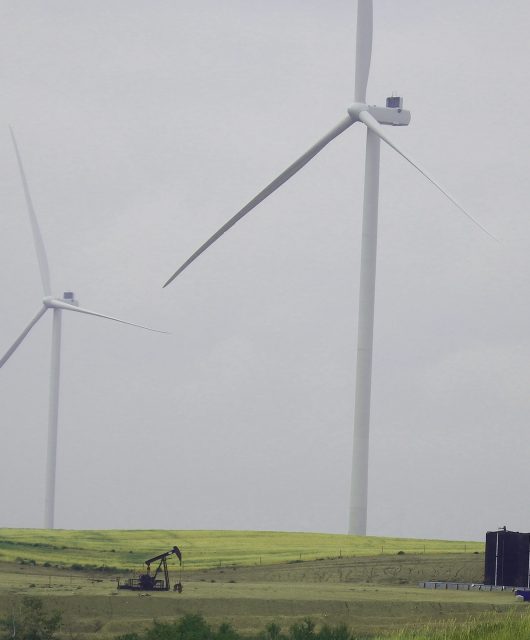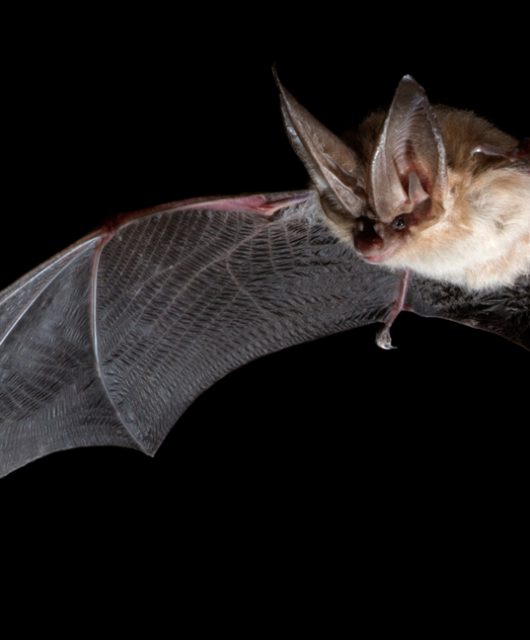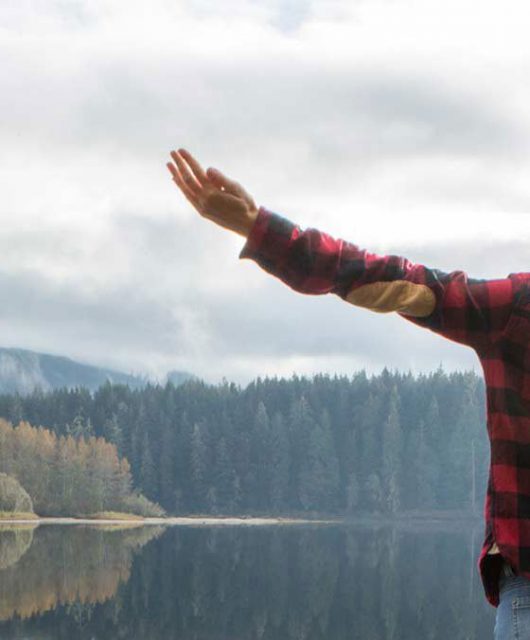“…We owe our existence to a six-inch layer of topsoil and the fact it rains.”
This quote, attributed with some doubt to the late Paul Harvey, an American radio farm reporter and commentator. After a few moments of reflection, this checks out.
Everything we eat either grows in soil or eats the things that do. Without soil, that organic layer of seething life, we would be in a lot of trouble.
This has never been more true than today. Burning fossil fuels mobilizes carbon that has been trapped deep in the earth for millions of years. This has overwhelmed the Earth’s natural ability to manage carbon, both on land and in the oceans, leaving vast tonnes of carbon in the atmosphere, circling like a jet airliner, over an airport, waiting for an opportunity to land. In the meantime, it is trapping solar heat in our atmosphere, heating the planet and changing our climate.
Prairie Soils as Carbon Storehouses
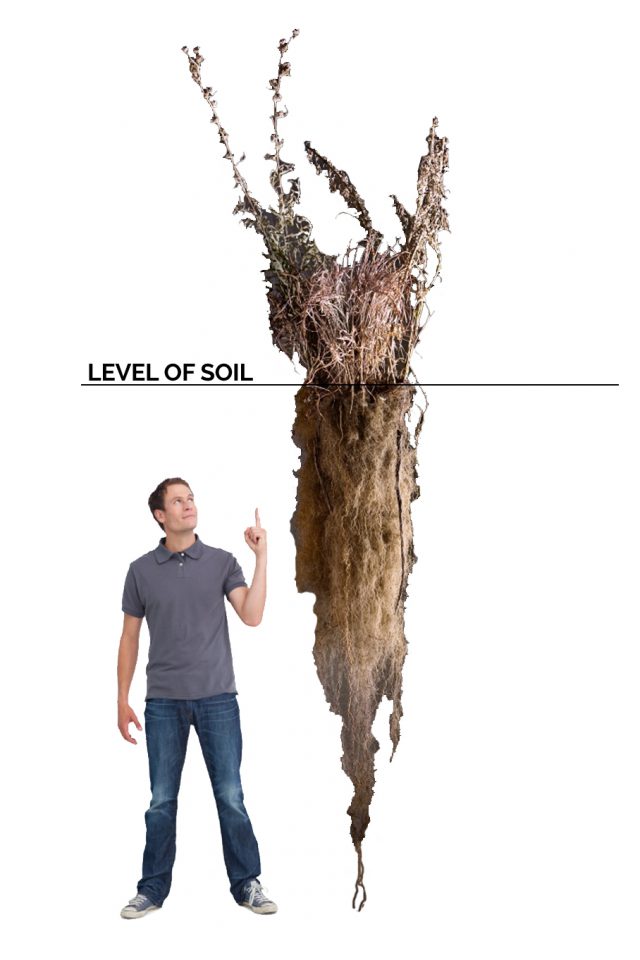
That opportunity may well be found in the thin veneer of prairie soils. Numbers vary and the math is complex, but the soil beneath native grasslands in Canada’s great plains stores 50 tonnes of carbon per acre of land (about 124 tonnes in a hectare). Hence, it takes just a few farms of well managed native prairie to absorb and hold the annual carbon emitted by the average prairie province. This is called a “nature-based solution”, where instead of searching for a technological solution to manage carbon and climate change, we empower the Earth to step up and do what parents all too often do — clean up after their children when they make a mess.
The process is simple. Plants “breath” in carbon dioxide from the air, all part of photosynthesis, incorporate it into their tissues, and breath out oxygen. In grasslands, much of this tissue is below ground—in the soil—roots mostly. Roots grow, die, decompose, and much of that carbon stays in the soil, possibly for centuries if is allowed to. Prairie soils have been called a “carbon vault”. Of course, all plants do this, but the rapid growth of grassland plants, and their widespread global distribution make them particularly effective storers of carbon.
If only it were really all that simple. How much carbon grassland soils can hold, how quickly it can “sequester” it, and how much it gives off (because that happens too) depends on how that soil is managed. Prior to European colonization, prairie soils were managed by Indigenous Peoples and the vast herds of wildlife that lived there. Fires set by First Nations, as well as animal dung, recycled carbon and built soil organic matter to levels likely not seen since.
Maximizing Carbon Capture in Agriculture

Soil management since has broken that important cycle. Sod-busting, the process homesteaders used to convert native grassland into cropland by tilling the soil, released at least one-third of soil carbon into the air. Annual cropping, where the soil is tilled annually to grow grains, oil seeds, or legumes (lentils, peas, soy) further reduces soil carbon as well as the soil’s ability to sequester carbon. The longer plants are allowed to grow, the more carbon gets tucked away. This means that land management that includes growing perennial crops, like hay or tame pasture, improves the amount of carbon that can be stored in the soil. But the gold standard remains native prairie. Native grassland, whether it is grazed, rested, or even burned, holds more carbon than any other type of soil management.
Where there are challenges, there are opportunities. Prairie soil keeps its ability to sequester carbon even if it has been tilled for years. Indeed, native grasslands that have been well managed may be saturated with carbon and have little capacity to store more. This means that the greatest opportunity to capture carbon now lies in the soils of crops and pastures that are carbon poor now, but with proper management, can really start packing it away.
CWF’s Commitment to Nature-Based Solutions
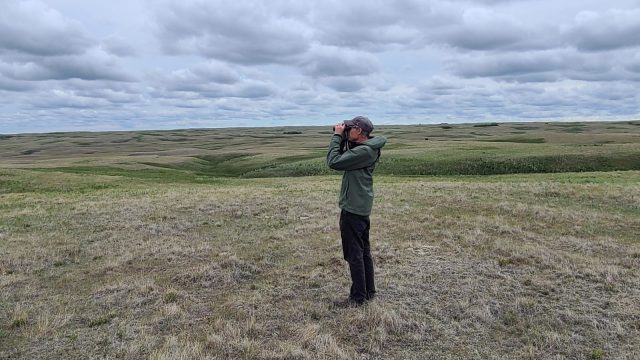
Nature-based solutions to climate change are there for the taking. At the Canadian Wildlife Federation, we are exploring a lot of such opportunities, with an emphasis on finding win-wins—those places where reducing emissions or storing carbon also benefit biodiversity. Our partnership with Agriculture Canada in the Living Labs program is one of these opportunities. Expect to hear a lot from us about these efforts for years to come.
Learn more about our with Native Grasslands >
Listen to this story (and more) in the CWF podcast, “Your Connection to Wildlife” >

